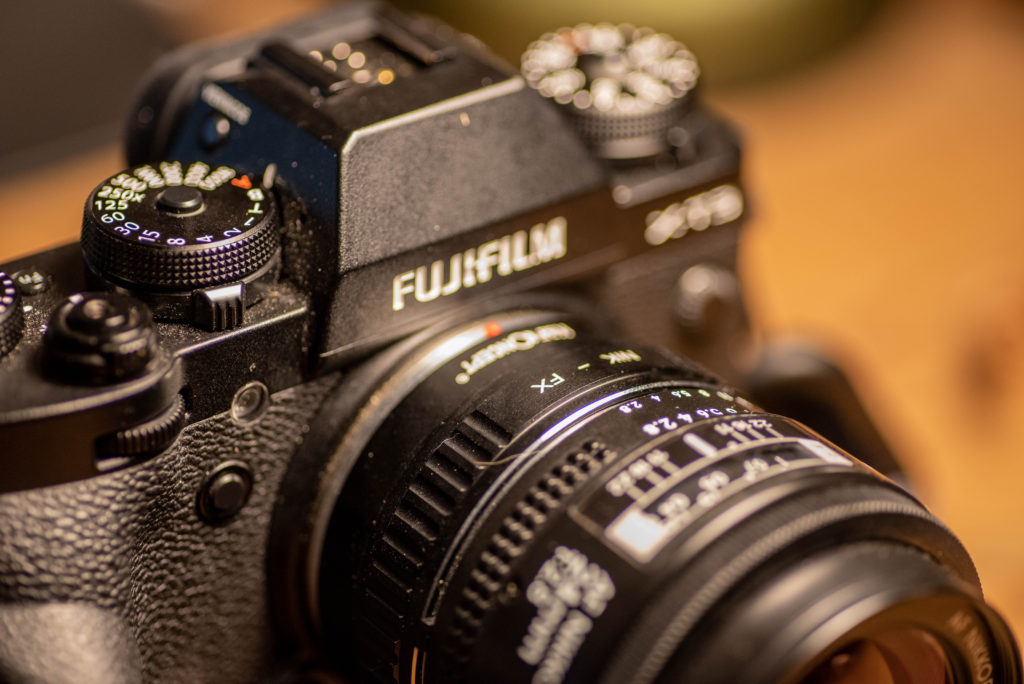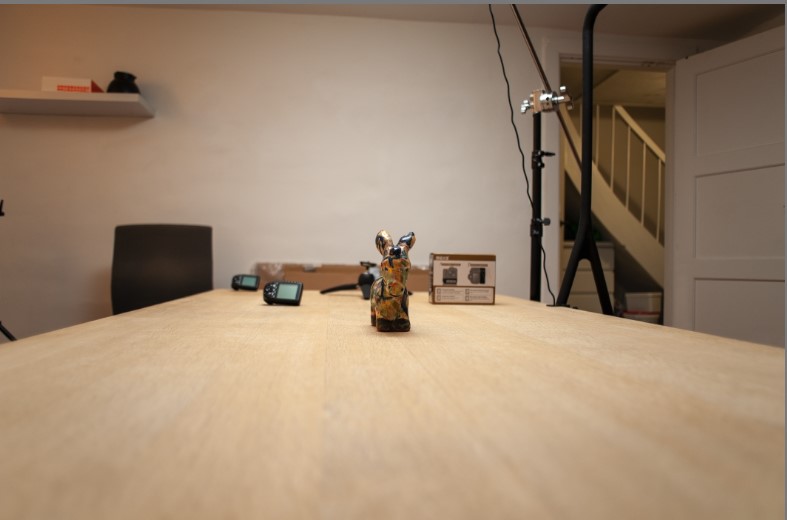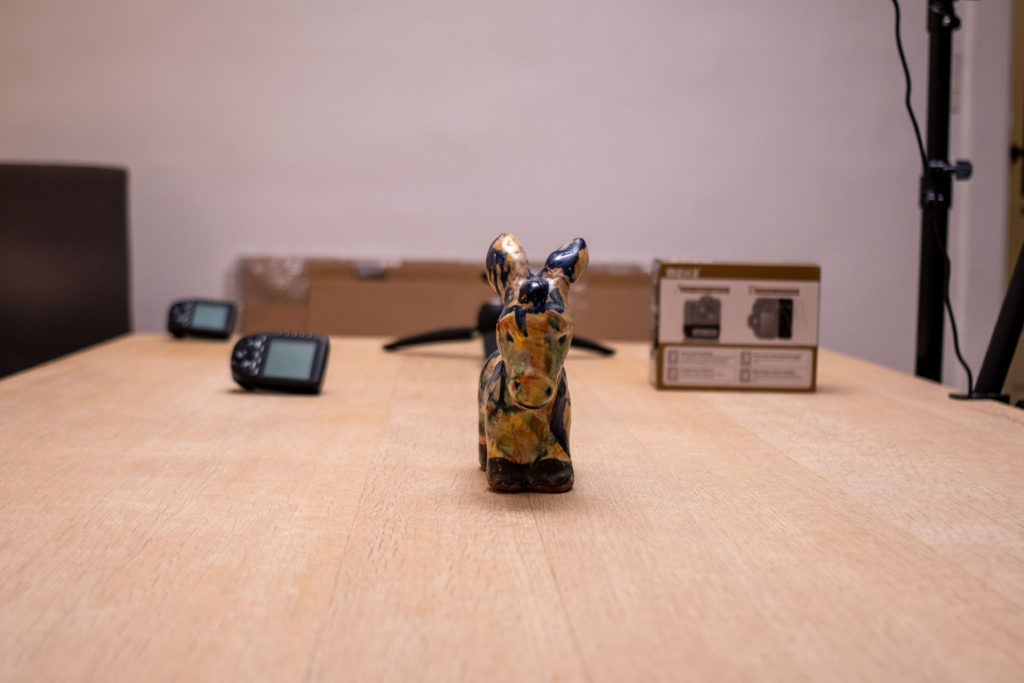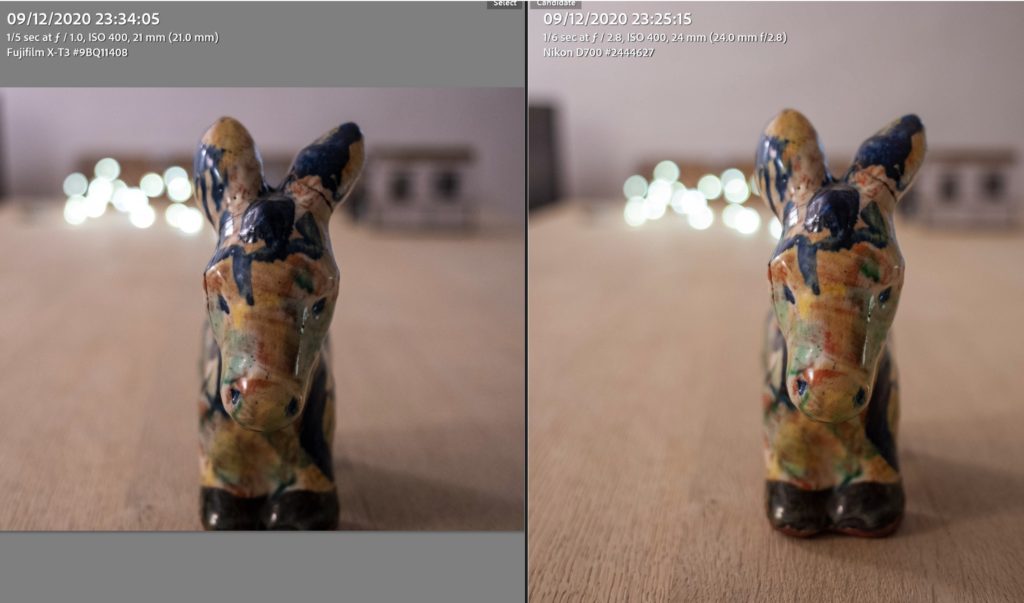Here at the brink of 2021, Nikon offers the enthusiast photographer more options than ever before. This is both wonderful and frustrating, as the obvious choice seems harder to find as the number of options increases. And there are no simple answers unfortunately, it all seems to come back to the classic counter question: “it depends…”. In this post I will try to distill the options Nikon offers in the 24MP range – typically aimed at the serious enthusiast and/or the freelance photographer.
On my YouTube channel I am a big ambassador for the Nikon D700, a classic and legendary DSLR that although “only” offering 12MP is probably one of the best DSLRs ever made for the enthusiast photographer. As it is no longer in production, it is only available used for around 400 EUR. This camera in terms of value is probably one of the best cameras for the enthusiast. However, many are not comfortable with the 12MP “only” and it seems like the camera producers center around 24MP as the sensor resolution for enthusiasts. If we go up higher to 48MP as found in the D850 or the Z7, then we are more into the professional segment, so in this post I will stick to the Z6, D750 and the D780 as they are all in the 24MP range.
The D750 is the oldest of the 3, but still today a very capable camera. The video specs are not up to what a modern hybrid camera can offer, but if you are into stills only, this can actually be an advantage as you are not paying for features you will not be using. The ergonomics of the D750 is excellent as we know it from Nikon, the menu systems are well organized and intuitive and the image quality is still today excellent. The body only price is around 1500 USD here in December 2020, but black Friday deals or other kinds of offerings can probably get the price even further down. And the camera body has a built in auto focus motor, meaning that you have access to a huge amount of used AF Nikkor glass available on e-bay and the like. In terms of value, the D750 is hard to beat when talking stills only.
The Z6 was the first mirrorless from Nikon, and they did their homework well and hit the mark pretty well with this first generation mirrorless camera. It is known to be a very good all round camera that does most things well, both stills and video. The critique of the camera was primarily that it only has one card slot and that there is no option to add a vertical grip, as the contacts are missing. This was fixed in the Z6 mark II, which in addition to fixing these shortcomings also added more computing power to the camera by adding an EXPEED processor. The introduction of the Z6 II gave rise to a price drop on the Z6, and the Z6 is around 1600 USD with an FTZ adaptor whereas the Z6 II is a 1000 USD more expensive than that. So if you are not nervous about SD cards failing and not planning to use a vertical grip, the original Z6 seems the value choice of the two. And both of them have in-body image stabilization (IBIS) to help you avoid camera shake when you need to keep the shutter open for an extended period of time.
The big disadvantage of going mirrorless is the fact that Nikon changed the lens mount system, so that is is no longer compatible with the notorious F-mount system. The motivation for this move yielding a shorter flange distance is – other than giving the IBIS room to work – that it gives new options for designing simpler and better performing lenses. It quickly gets technical, but that is the gist of it after reading Nikons explanation.
You have to buy an FTZ adapter, that can be had for around 100 USD when you buy it together with the camera body. But, there is a big but: The adapter does NOT have an AF motor, nor does the Z6 camera body, meaning that all the Nikkor AF vintage glass is now suddenly manual focus. This is where things to get complicated in terms of choosing between mirrorless or DSLR: The Z6 cuts you off from using mechanical auto focus on a lot of good vintage glass. And mind you that the glass that fits the new Z6 mount is expensive. You may be able to make a good deal if you buy a kit zoom lens together with the camera, but building your lens portfolio after that is VERY expensive relative to the DSLR options.
The Nikon D780 seems to try to bridge between the two worlds described above. It is a merger of the Z6 and the D750, so that in Live View mode, the camera is very similar to the Z6, whereas shooting via the viewfinder is very similar to the D750. So you get the best of both worlds, and maintain access to vintage glass with mechanical auto focus. And price wise the body alone is around 2300 USD, and hence significantly more expensive than the Z6, but that money could easily be saved when building (or re-using) a lens portfolio.
So what to choose as an enthusiast? “It depends…” – the most annoying answer of all, but unfortunately it is true.
The first thing I would ask myself in choosing between the 3 is: How important is video? One area where the cameras get better and better is video capability and if video is important to you, the D750 is struggling. But also think about how demanding your video requirements are – a GoPro next to your D750 could be a solution? Or maybe 1080p is all you need? Anyway, the more demanding your video requirements are, the less good and option the D750 is.
The second thing I would ask is: How important is auto focus? If you shoot things that are moving fast (sports and wildlife), then using vintage AF glass on a Z6 is a no go. You either have to buy F-mount glass with built in motors (AF-S) or go for glass that fits the new Z-mount directly. If you are on a budget and auto focus is important, your cheapest option is to go for the D750/D780 with vintage AF glass. But again, if face detection and eye recognition is important because you shoot a lot of portraits, then you have to use the D780 in Live View mode or go for the Z6. If auto focus is not important to you, then you are in luck: the Z6 will offer you the option to use cheap vintage glass via the FTZ adaptor and you will get focus peak assistance to help you obtain focus precisely and with great illustration of the focal plane.
The third thing I would ask is: How much vintage glass have I got to re-use? If you have a large portfolio of Nikkor vintage glass, and a good deal of this is with mechanical AF, then you can protect that investment with the D750 or the D780. Provided of course that you love your glass and want to continue to use if. If you are more meh-he, then the better option may be to sell your glass and go for the mirrorless Z6 or Z6 II. Your experience from building a lens portfolio then comes in handy, so you have a more focused mind when building your new portfolio.
What have I chosen to do? I am still with my D750. I shoot video on a Sony A7 RII so I have no need for better video capability currently. And the D750 with the mechanical AF motor built in, makes my collection of Nikkor vintage glass a joy to use. And as I seldom shoot anything fast moving, my auto focus requirements are all solved using single point focus. But mind you that this is what works for me given my situation and what I shoot – yours is different I am sure, so what fits me surely is no guarantee to fit you.
Thank you for reading this far! Comments are more than welcome!

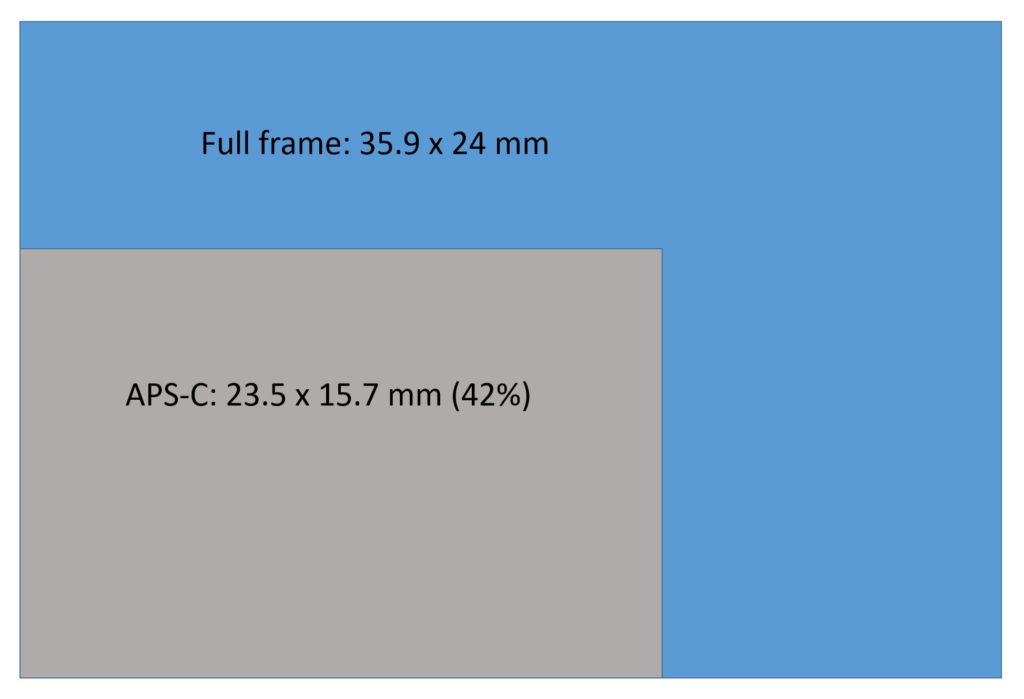 What also changed was the amount of available sensor sizes. The so called APS-C and other reduced formats were introduced, along with new lenses. The advantage being that it was possible make lighter and cheaper glass, as the light would have to cover a smaller sensor. Although being smaller, the APS-C sensors could easily cram say 24 MP into the sensor despite the reduced size and hence a new fan base was created – people who do not want to carry heavy glass but on the other hand do not like the idea of reducing the resolution of the sensor.
What also changed was the amount of available sensor sizes. The so called APS-C and other reduced formats were introduced, along with new lenses. The advantage being that it was possible make lighter and cheaper glass, as the light would have to cover a smaller sensor. Although being smaller, the APS-C sensors could easily cram say 24 MP into the sensor despite the reduced size and hence a new fan base was created – people who do not want to carry heavy glass but on the other hand do not like the idea of reducing the resolution of the sensor.